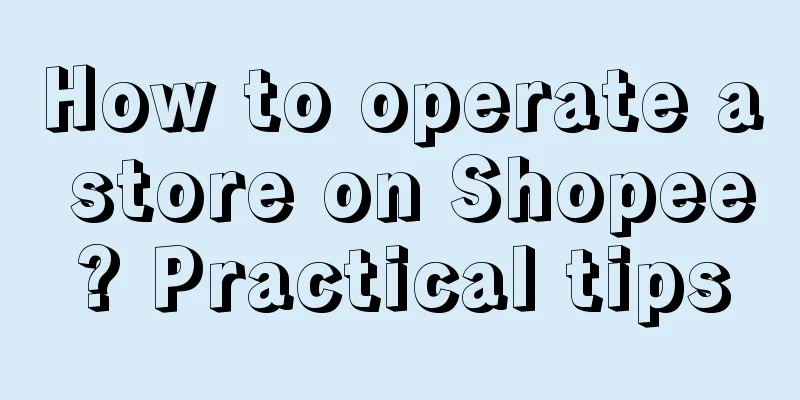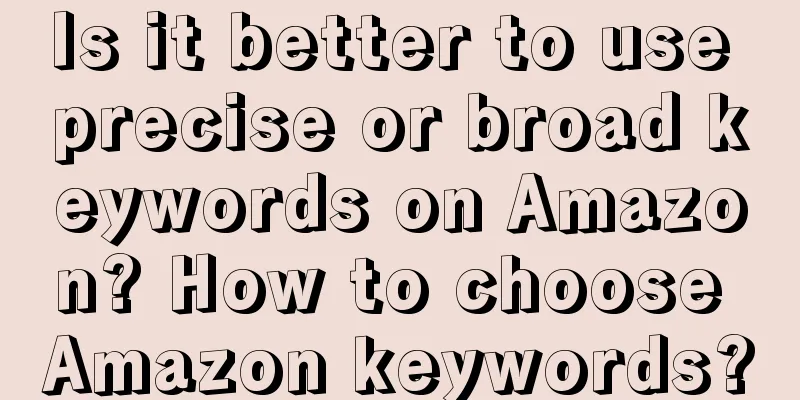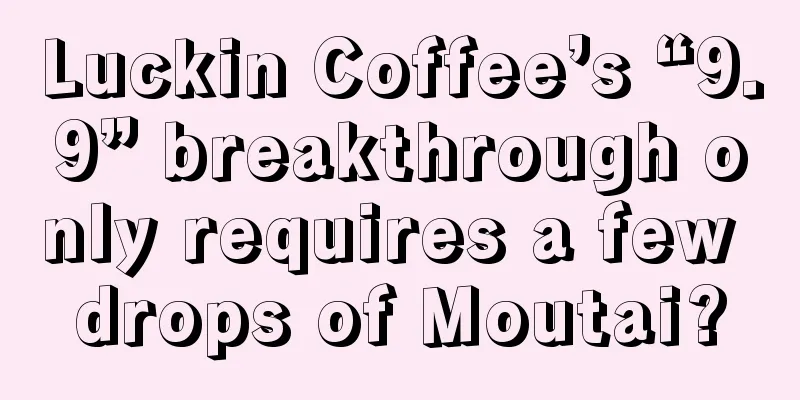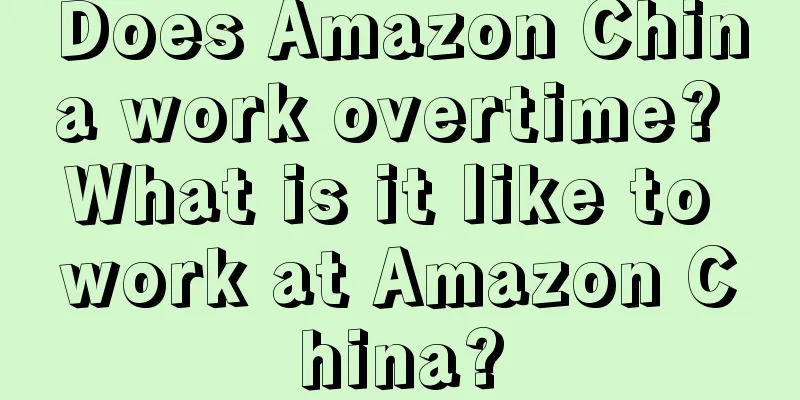Recommended collection: 7 Xiaohongshu tool models summarized by myself are open to the public
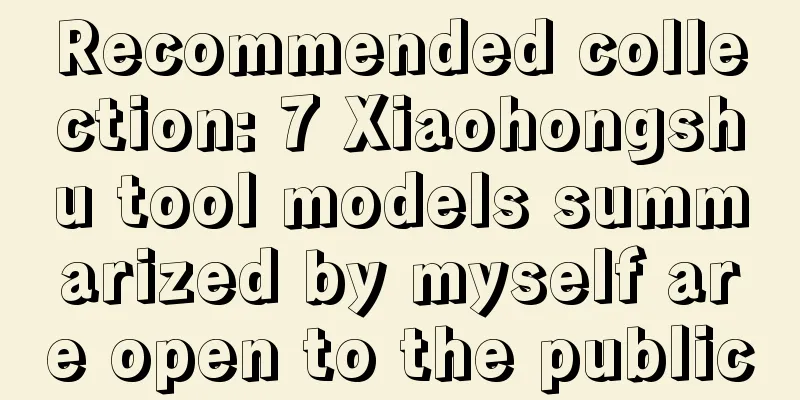
Hello, everyone. I am Jiang He. Today I will share with you 7 Xiaohongshu tool models that we have summarized and are currently using. Why do we need to summarize the model? We try to summarize the underlying methodology of Xiaohongshu's operation through some models. The above models also refer to the official and peer operation models. If there are any similarities, please inform us if there is any infringement. At the same time, dear readers, please keep your eyes open to avoid being confused by the model. Remember that any model has its limitations. 1. Four underlying logics of Xiaohongshu operationI personally believe that the four underlying logics of transaction costs, category thinking, positioning thinking and super symbols have touched the most underlying logic of brand, operation and copywriting. Transaction costs: The existence of enterprises will inevitably reduce social transaction costs, and the existence of brands will reduce social supervision costs. Xiaohongshu's topic selection, naming, cover, and conversion links essentially reduce user search and transaction costs. Category thinking: Classification is the beginning of cognition. Category is the unit of mental division. The capacity of the track, the size of the market, and the development opportunities of personal IP all require category thinking to look at the entire category development opportunities. Positioning thinking: No matter how a brand creates an account on Xiaohongshu and how its IP is positioned, in essence, it needs to have differentiated positioning. Super symbols: The essence of communication is the encoding and decoding of symbols. What we see with our eyes, hear with our ears, and smell with our five senses are essentially symbols. The cover, text, and comments of Xiaohongshu are essentially symbols. Super symbols are symbols that stimulate users and make them take action. They exist in every element of the notes. Figure 1: Four underlying logics of Xiaohongshu’s operation 2. Xiaohongshu reading roadmapI tried to describe the user's browsing notes path to better review the operation. I divided the users into audiences, potential buyers, buyers, experiencers and communicators, and the status of each user segment. Audience: This stage is confused. The core is to attract the audience's attention through the cover and title, stimulate their curiosity, and make them click to take notes. Purchaser: A user who clicks on a note and reads it in depth. At this time, you need to reinforce the reasons for purchase and encourage users to act quickly. Experiencer: After purchasing the product, this stage is to design the product to ensure that the quality of the product exceeds the user experience. Communicator: Design communication language, which also requires the brand name, communication symbols, and slogans to be simplified, simplified, and simplified again. Figure 2: Xiaohongshu reading route 3. 7 Steps to Take Notes on Xiaohongshu’s Hot-selling ProductsHow to create a popular note? The key is to focus on the seven steps of topic selection, cover, title, text, comment, inspection and optimization. Topic selection: It is easier to write thoroughly about the topic if the topic is subdivided in the early stage. It can be broken down into seasons, people, scenes, locations, festivals and feelings. Cover: The essence stimulates users' curiosity and makes them willing to click in, knowledge curiosity provides useful information, and perceptual curiosity uses familiar symbols to stimulate. Title: Crowd + Solution + Emotional Value + Action Instructions + Scenario + Colloquial Creation +… Main text: After the cover and title attract users, the main text serves as a slide for users to slide to the shopping cart. Comments: Comments, sharing, screenshots and other deeply interactive behaviors are more likely to be pushed to the traffic pool. Use comments to explain selling points and pin effective selling points to the top. Check: After publishing, check the traffic situation. If there is traffic restriction, check whether there are sensitive words and related topics. Optimization: After adjusting the violations, use French fries and information flow to test the volume. Figure 3: 7 steps to creating a hit note 4. Brand placement methodologyThe four major principles are still at the bottom layer, and when it comes to the actual execution steps, they essentially determine the positioning, endorsement categories, expansion of categories and becoming a national brand. Specific operation method: From category insights to selling point segmentation, selling points are divided into interest-based selling points, functional selling points and scenario-based selling points. After finding the right selling points, the next step is to find the core group; Who is our audience? Think about the scenarios around the audience, then consider what kind of experts to look for, and finally increase the volume through professional accounts, French fries, information streams and brand advertising. Figure 4: Brand placement methodology 5. Blogger Operation MethodologyThe core underlying logic is to determine the category, become a well-known blogger and eventually operate across categories to gain a wider audience. In terms of overall operations, starting from positioning and monetization, we deepen positioning through nicknames, avatars, homepages and profiles, and then refine blogger operations through specific actions in topic selection, creation, and publishing. Finally, we further continuously improve through actions such as fries and data review. This model is more of a framework, and specific detailed actions need to be updated during execution. Figure 5: Blogger Operation Methodology 6. Operational strategies of four types of merchants on XiaohongshuI divide Xiaohongshu merchants into four categories based on their average order value and monetization model: High customer price & private domain monetization The merchant categories include decoration, jewelry, wedding photography, law, and tourism clients. For this type of clients, the strategic center is matrix professional accounts and advertising placement, with the core being the creation of popular notes and user advertising placement, with the cover being the most important. High customer price & e-commerce monetization Merchant categories include high-end cosmetics, 3C appliances, and maternal and child products. For this type of customer, the strategic focus is on influencer placement and advertising placement. The most core and key actions are to create multiple high-conversion notes and finely calculate the conversion of internal and external traffic. Low customer price & private domain monetization The merchant categories are mainly private domain categories, such as clothing, fresh food or course materials. The core of such merchants is to obtain the platform's natural traffic. The core must be continuously updated, preferably 3 updates a day. For the best result, there are 10 updates in this category every day, and you can occupy more than 5. Low customer price & e-commerce monetization Product categories include maternal and child products, cosmetics, clothing and food. The strategic focus is on influencer investment, professional account operations, the core key action strategy is opening stores, and then harvesting conversions through all channels. Figure 6: Operational strategies of four types of merchants on Xiaohongshu 7. Note operation SOP standardBefore and after the creation of notes, use this SOP standard to check whether there are other problems, from topic selection and dissemination before creation, to shooting and editing during creation, and finally to inspection before release and updates after release. It is recommended to print and use it directly! Figure 7: Note operation SOP The above is our summary of the 7 major note-taking tool models of Xiaohongshu. We hope that it can help more brands and bloggers avoid detours on Xiaohongshu. Author: Jianghe Team Source: WeChat public account "Jiangheliaoyingxiao (ID: jiangheliaoyingxiao)" |
<<: After reviewing the case in March, I have a new understanding of holiday marketing
>>: The "beer + diapers" scam of the century
Recommend
Why don't these Japanese companies do marketing? They sell their products all over the world
During his visit to Japan, the author solved a puz...
New trends in winter consumption in 2024: Diversified choices from ice and snow to warm winter
As winter approaches, consumers are becoming more ...
The four steps of marketing copywriting
This article mainly introduces the copywriting ski...
Xiaohongshu launches Dandelion low-gap marketing rules. What impact does it have on brands and bloggers?
On December 22, Xiaohongshu launched the Dandelion...
Should I use an individual or corporate account for Amazon payment collection? Can it be a non-legal person account?
Whether the Amazon payment account is used by an i...
A 10,000-word analysis of MINISO’s overseas expansion: localization challenges, brand premium and e-commerce crisis
What? Is this the MINISO we are familiar with? Let...
How much does it cost to open a Wish store? Is the initial investment high?
Many friends on Wish can choose to open a store on...
What should I do after shein is approved? What is the fee for settlement?
With the booming development of cross-border e-com...
Amazon launches first writable Kindle
Amazon announced that it will launch a new Kindle ...
How should I choose eBay's self-delivery logistics? Is the self-delivery model feasible?
When doing business on eBay, choosing the right lo...
It’s been three years, why is Holiland still doing joint brands?
In recent years, Holiland has become famous on soc...
AI "invades" content platforms, are creators ecstatic?
AI can perform repetitive and tedious tasks, there...
Women's clothing has started to be self-service. Is it a real demand or just a gimmick?
As consumer concepts continue to evolve, the rise ...
5 copywriting tips to increase product sales 10 times!
This article introduces five practical copywriting...
“Looking for a partner” trend is rising on Xiaohongshu
Dazi, a new type of social relationship, is shallo...
